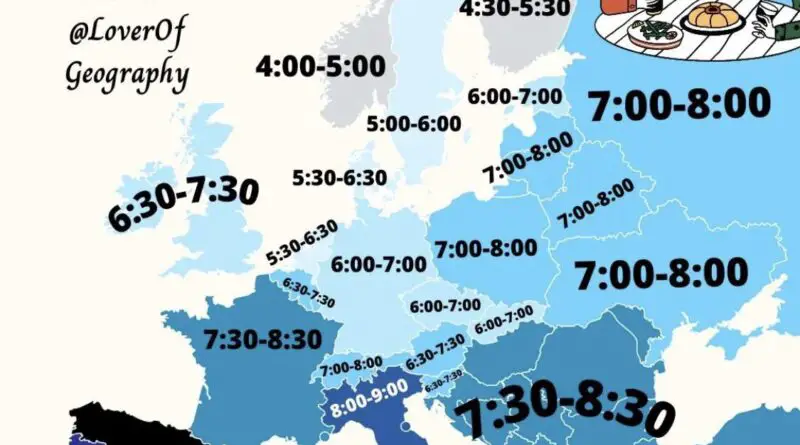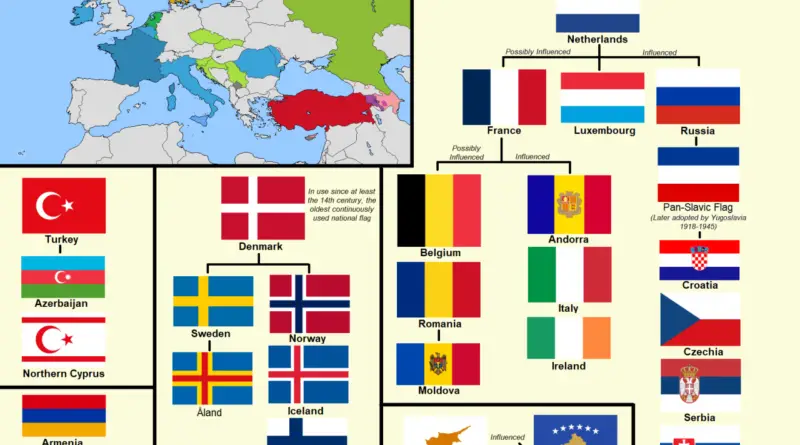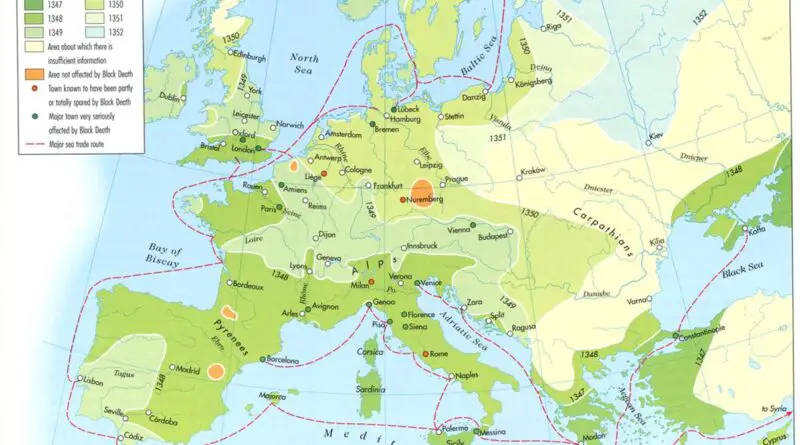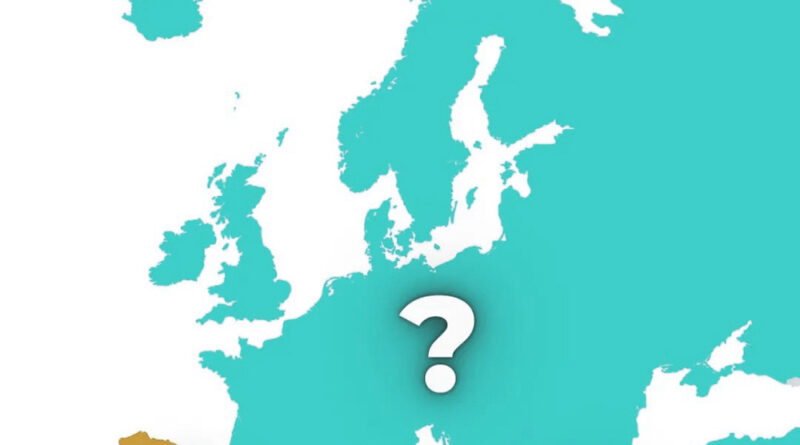What Time Is Dinner Served in Europe?
The word “Dinner” has various definitions relying on culture and may represent a feast of any size eaten at any period of the day. In particular, it is yet periodically used for a meal at midday or in the early afternoon in exceptional circumstances, such as a Christmas dinner.
Read More









